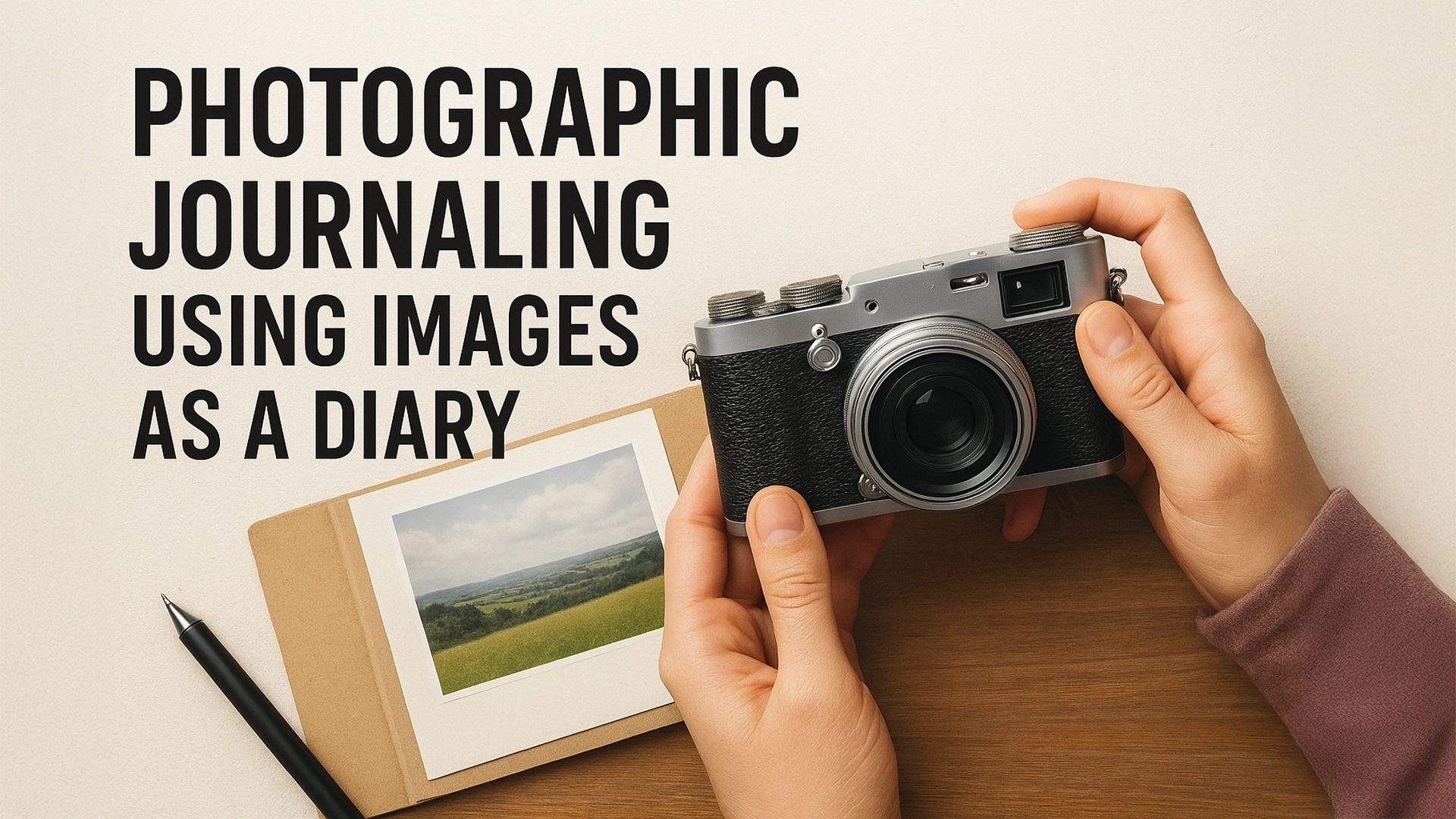
Pushing Kodak Tri-X 400: A Beautiful Black and White Journey
As an analog photography enthusiast, there’s something magical about experimenting with different films and development techniques. One film that has never failed to captivate me is Kodak Tri-X 400. This black-and-white classic has been around for decades, and for good reason—it delivers beautifully rich contrast, deep shadows, and luminous highlights. But there’s something even more special about pushing it beyond its standard ISO, which brings out a new dimension of character in the film.
Table of Contents
ToggleWhy Push This Kodak Film?
Pushing film is all about shooting it at a higher ISO than it’s rated for, then compensating in development. For my recent roll of Kodak Tri-X 400, I chose to push it to ISO 800. Why push a film in the first place? In simple terms, it’s a way to get more flexibility in lower light or to emphasize certain tonal qualities. For me, pushing Tri-X adds a little extra grit, enhancing the raw, timeless look that I love about black and white.

Here’s my summary table of the pros and cons based on my experience pushing Kodak Tri-X 400 to ISO 800:
| Aspect | Pros | Cons |
|---|---|---|
| Grain | Enhanced, tactile grain adds character to close-ups, evoking an old-world feel. | Grain can become too pronounced in large, open areas, like landscapes. |
| Contrast | Deep shadows and bright highlights create a striking look. | Increased contrast may result in lost detail in midtones for landscapes. |
| Detail | Maintains sharpness and detail in close-up shots. | Some loss of detail in distant landscapes due to grain and contrast. |
| Flexibility in Low Light | Shooting at ISO 800 allows for more flexibility in low-light conditions. | May overemphasize contrast in certain lighting, especially in landscapes. |
| Aesthetic | Close-ups gain a rich, vintage, old-world appearance. | Landscapes may feel too harsh, with less subtlety in tones. |
| Development | The longer development time brings out the best in pushed shots. | Requires precise development to avoid overly harsh results. |
Shooting Kodak Tri-X 400 at ISO 800
I loaded the roll into my Canon AE-1 Program, knowing I wanted to push it. The AE-1 makes setting and adjusting exposure straightforward, allowing me to set the camera’s ISO to 800 instead of the film’s native 400. Shooting this way allowed me to maintain faster shutter speeds and a bit more freedom in dimmer lighting, while still knowing I could bring out the best from this film in post-processing.

One of the things I’ve come to appreciate about Tri-X is its versatility. At 800, the grain tightens up just enough without losing that tactile texture that makes black-and-white film photography so engaging. The shadows deepened beautifully, yet the highlights remained soft and nuanced—a lovely balance that worked across a range of lighting situations.
The Development Process: Rodinal 1:25 for 9 Minutes
Development plays a key role in how pushed film turns out. I used Rodinal developer at a dilution of 1:25, which gave me the results I was after. The extended development time—9 minutes—helped bring out the detail and contrast while still preserving the subtle midtones. The increased time also compensated for the underexposure from shooting at 800.

This is where the magic of pushing truly happens. That extra development gives the film more density, which translates into the beautiful tonal range that Kodak Tri-X is known for. Despite the grain becoming more pronounced, the detail remained crisp, and the overall aesthetic took on that classic, slightly gritty feel that I love in my black-and-white work.

Scanning and Digital Workflow
Once developed, I scanned the negatives into my Lightroom catalog to begin the digital side of the process. For me, scanning is an integral part of my hybrid workflow. While I enjoy the physical process of shooting and developing film, having my work in a digital catalog allows for easier access, organization, and subtle adjustments.

With these scans, I didn’t need to do much in terms of post-processing. Tri-X, when pushed, naturally gives a punchy look that requires little adjustment beyond basic exposure tweaks and dust removal. The tones were already rich, and the grain added just the right amount of texture to the images.
Final Thoughts on Pushing Kodak Tri-X 400
If you’re looking to explore film photography beyond its standard settings, I highly recommend trying out Kodak Tri-X 400 pushed to ISO 800. The results were exactly what I was hoping for—contrasty, grainy, and full of character. The process of pushing film can feel intimidating at first, but once you get the hang of it, it opens up a whole new world of creative possibilities.
For me, pushing Tri-X is a rewarding way to enhance an already remarkable film, making it even more versatile and expressive. So, if you’ve got a roll of Tri-X sitting in your camera, consider pushing it—you may be surprised at the beautiful results you get.
Like what you read? Fuel my next post with a coffee – hit that PayPal button and keep the caffeine flowing!
[wpedon id=77]
Stephen Paul Young
I’m Steve (Stephen Paul Young), a landscape, digital and film photographer with a deep love for capturing the beauty of nature, light, and atmosphere. Whether I’m out at dawn chasing the perfect sunrise, exploring woodland trails, or experimenting with black-and-white film, photography is my way of seeing the world. I’m drawn to the small details and the big vistas alike, always looking for that moment where light, texture, and emotion come together. For me, photography isn’t just about taking pictures—it’s about storytelling, connection, and the joy of being present in the landscape.

Reflection Photography of Norway
You May Also Like

Photographic Journaling: 4 Ideas for Using Images as a Diary
19 December 2025
Capturing Confidence on the Water – A Commercial Photography Session with AT Outdoor Coaching
23 June 2025
